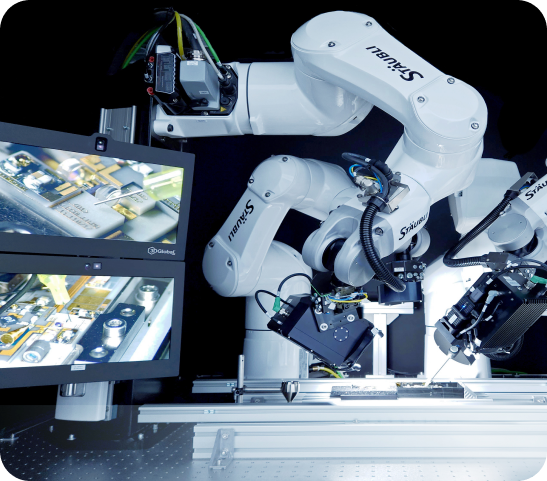Ergonomic
3D Digital Microscope
Assembly and inspection of technical and medical components
SCALEREO is an ocular-free digital 3D industrial microscope that provides a natural view and displays objects with exceptional clarity. This glasses-free 3D experience offers major benefits, optimally enabling users to see and feel the depth of the object on the 3D screen.
Example application:
- Assembly and inspection of medical components
- High-precision assembly and repair of small parts
- Inspection and quality assurance in cutting and 3D printing
- Equipping of circuit boards, solder joint monitoring, and reworking
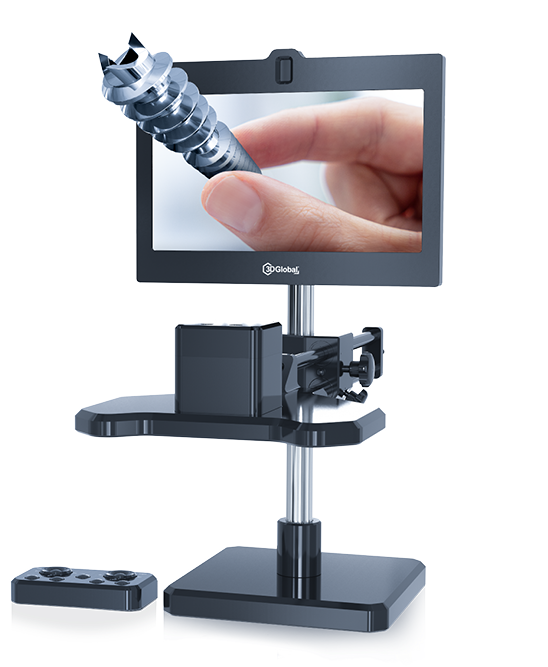
Scalereo Desk
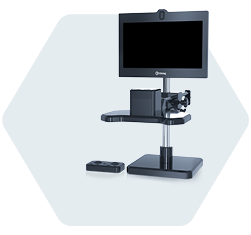
This innovative standalone digital microscope delivers excellent depth of focus and spatial 3D. Instead of constantly leaning forward to look through an ocular, you can now enjoy the comfort of sitting up straight to view stunning 3D depictions on the 3D monitor – with autofocus, flexible ring lighting, and a stepless zoom system.
Scalereo AddOn
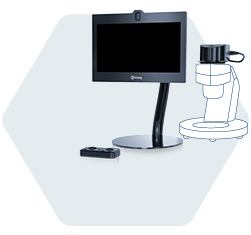
The SCALEREO AddOn makes it simple to take existing optical microscopes and convert them to digital 3D microscopes without an ocular. Not only can this 3D upgrade easily be applied to all conventional microscopes with a parallel beam path, it can be adapted for ZEISS, Leica, Olympus, Askania, Nikon, and more.
Scalereo Flex
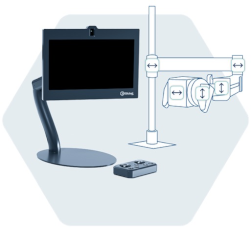
This version achieves maximum flexibility thanks to a spring arm and swivel axes. The SCALEREO Flex also benefits from the table clamp of the flex arm. This ensures maximum freedom at the workstation and the working area is not limited to a small section, but can be extended across the entire table.
Product highlights
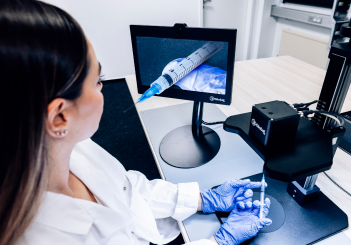
Real-time stereo camera
Perform your precision mechanical tasks with even greater care thanks to easy hand-eye coordination. Images are displayed in real time.

A truly practical solution
From training to in-depth discussion, this microscope helps you share your knowledge and experience. You and your colleagues can view key details simultaneously and explain what is displayed on the monitor.

Ergonomic work
More comfort for better health in the workplace. Our 3D microscopes enable an ergonomic sitting position and therefore less tiring work.
3D camera and glasses-free 3D monitor for
controlling driverless vehicles
In a rapidly changing world, 3D technology is at the forefront of progress. One of the most intriguing fields is the remote control of heavy vehicles. Imagine a situation in which diggers performing demolition, mine clearance vehicles, and transportation systems are controlled from a safe distance away rather than by an individual in the driver’s cab. We help make this a reality with the integration of our 3D technology into 5G work processes, marking the start of a new chapter of safety, efficiency, and precision. The unique depth perception means you are always fully in control – even during remote operation.
Further Application Areas:
- Forklift truck
- Digger (for demolition)
- Driverless transportation system
- Mine clearance vehicles
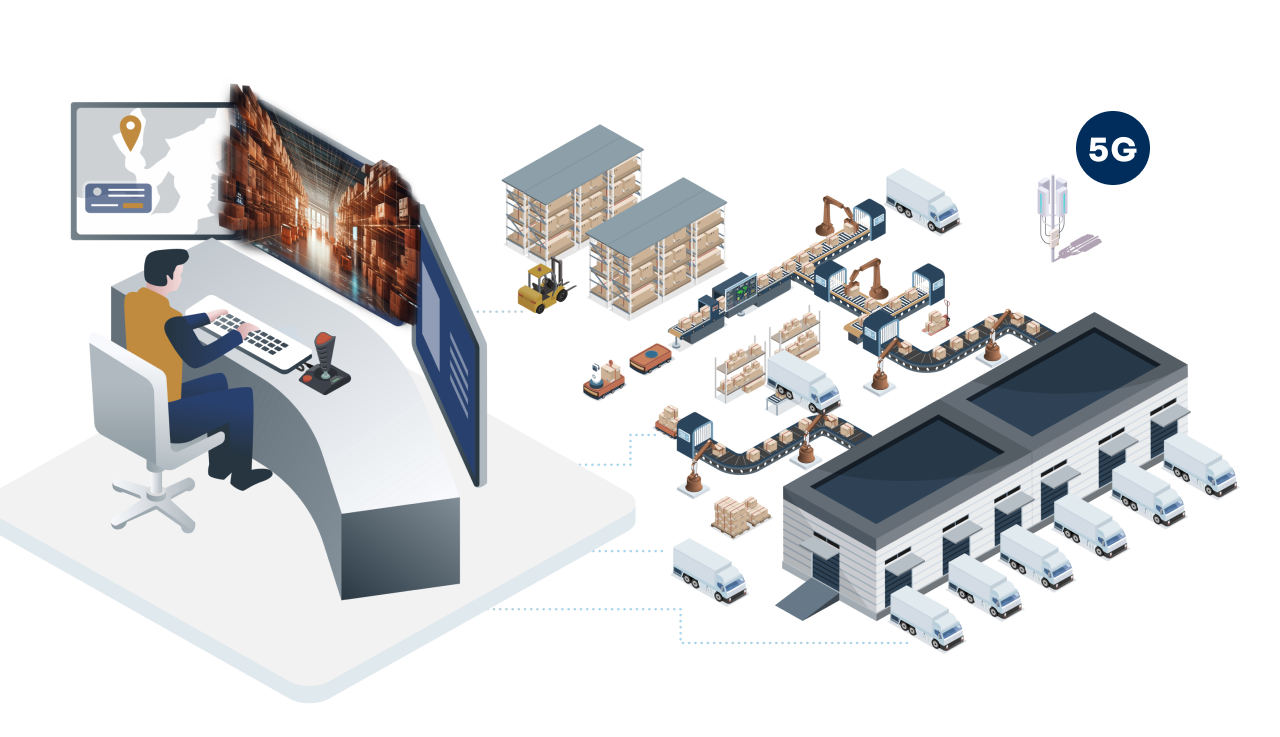
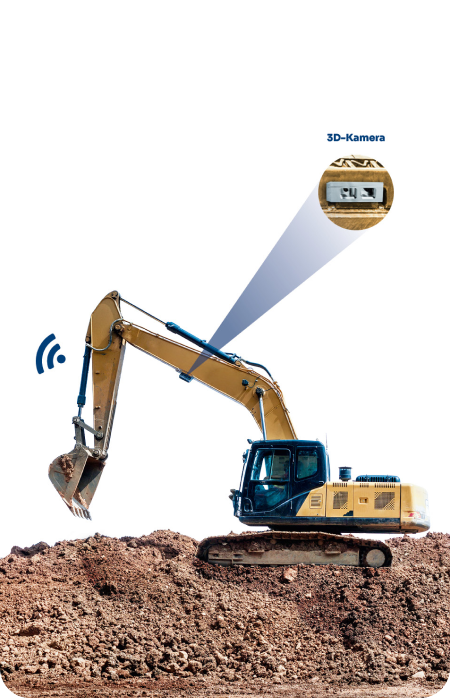
Building Site 4.0
3D vision for controlling construction machinery
Glasses-free 3D technology enables spatial depth perception in the event of poor visibility in the working environment and helps machinery operators perform precise and safe control. The combination of 3D and 5G technology establishes the workplace of the future: remote and accessible from anywhere in the world. This represents a key competitive advantage in an age of increasing personnel shortages.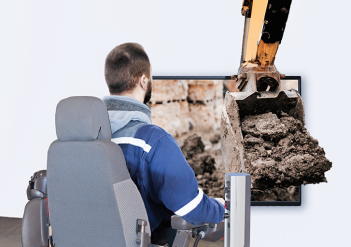
Option 1: Remote-Steuerung am 3D-Display via 5G-Technologie
Research Project:
Robo Technology
The Ferdinand-Braun-Institut, Leibniz Institut für Höchstfrequenztechnik (FBH) is an ultra-high frequency research institute in Berlin. At its Joint Lab Quantum Photonic Components, it develops highly integrated miniaturized laser modules for quantum technology applications – with a particular focus on use in extreme environments such as space. During the assembly of the modules, very small optical and optoelectronic components are adjusted in a housing via micromanipulation that must meet precision requirements of below 100 nm. Module assembly comprises a variety of highly complex processes for the purpose of adjustment, calibration, and characterization.
In order to enable the industrialization of the technology developed by the FBH, it is necessary to ensure the reproducibility, documentability, and technical reliability of the individual assembly steps and of the overall workflow in an industrially compatible manner. In addition, efficient production requires the partial automation of work steps.
Individual request
